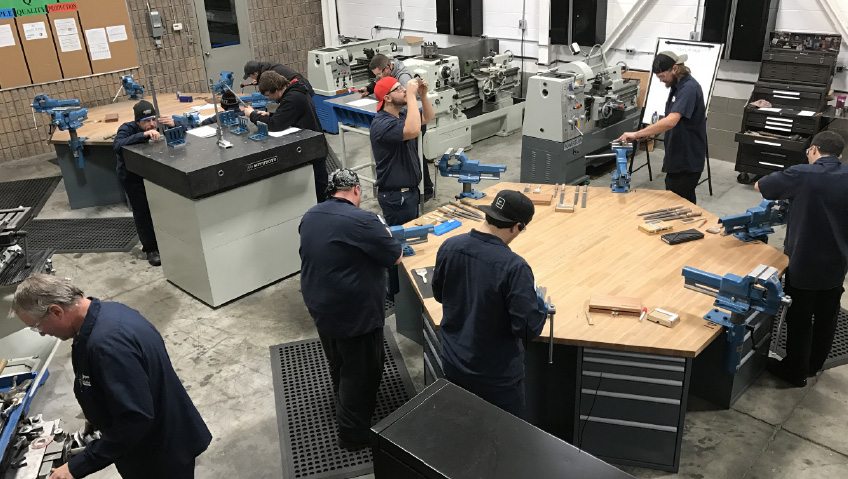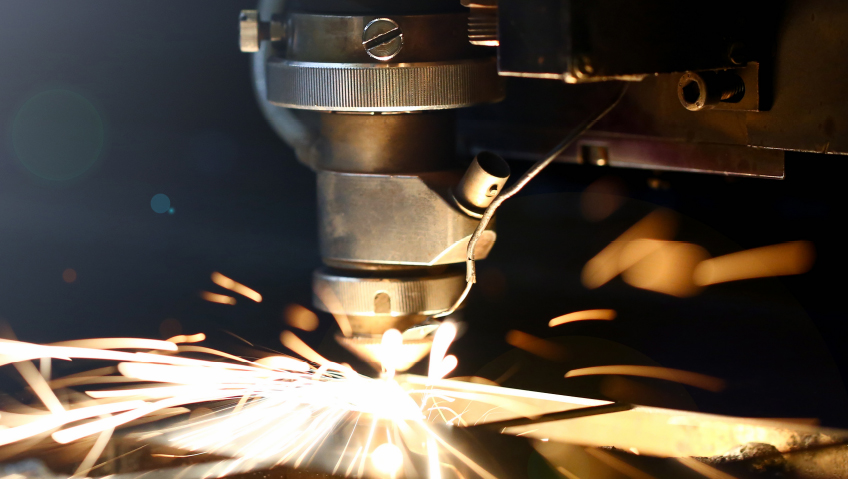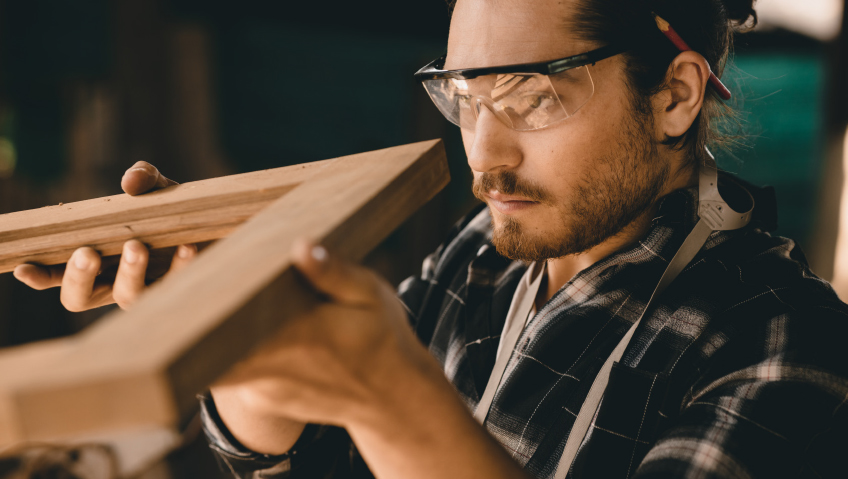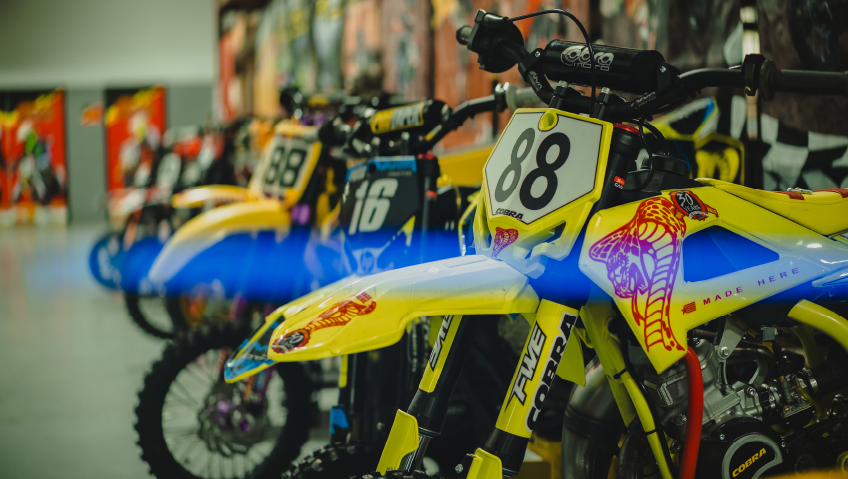With roots going back a century, the Max Die Group designs and builds automotive stamping tools, prototype parts, and low volume production parts, and runs a training centre for young apprentices. The group consists of three locations—Manor Tool and Die Ltd. (Manor) and its Sigma Division, which are based in Oldcastle, Ontario; and Lakeshore Stamping, Inc., based in Tecumseh, Ontario. This powerhouse trio, each with its specialties, is strategically located near the North American automotive epicentre of Detroit, Michigan.
While the Max Die Group enjoys an enviable reputation for its parts and services, the company is particularly proud of its training centre. This was established in 2016 at the Manor facility to prepare apprentices for the workforce.
“We are training young people… This was very much a strategic decision because we want to grow Max Die… but also going forward [we want] to support the community as well,” states Max Die Group Chief Executive Officer Johann Szlavik.
The training centre was launched, in part, to address the skills shortage within North American industrial and manufacturing circles. As existing workers approach retirement age industry-wide, young people are not flocking to replace them. The company’s training centre is intended to alleviate this situation, although admittance is not a sure thing; candidates require a high school diploma and need to pass a screening.
The Training lasts four years and involves classroom instruction, plant floor work, and evening courses at St. Clair College in Windsor, Ontario. Apprentices are taught practical die building, bench working, metal cutting, welding, how to read engineering drawings, machining, trade math, tool design, and laser cutting. If students work hard, opportunity beckons. “They all have a job guaranteed if they finish their apprenticeship program,” states Szlavik.
The Max Group provides a range of services from engineering and design to estimating, program management, machining, tool building, tryouts, hot stamping, and creating prototypes, as well as laser cutting and production. Its full-service metrology department uses coordinate measuring machines and 3D optical scanners to measure tools, die components, and parts quickly and accurately. The company also provides on-site metallurgical testing.
Its products include tooling for ultra-high strength parts, structural / thermal acoustic parts, class A and hot stamp parts. The tooling includes transfer dies, progressive dies, line dies, hot stamp dies, and blanking dies.
As befitting the company name, dies are a mainstay, with the automotive sector accounting for most die sales. Among Max Die’s other top markets are heavy equipment, lawn and garden, and alternative energy. Tier one manufacturers like Magna and original equipment manufacturers Daimler, Caterpillar, General Motors, and Freightliner are prominent customers.
Max Die employs a broad lineup of machines, software, and technological solutions. “On the production side, we have mechanical presses and hydraulic presses ranging up to 1500 tons. On the machining side, we have medium to large CNC (computer numerical control) machining centers. We also have two hot stamping lines supported by 3D lasers,” Szlavik says.
Some of the newer machines are hooked up to online networks so performance metrics can be remotely monitored. For engineering and design, the company uses 3D computer-aided design modeling programs such as SolidWorks and CATIA. For machining and surface profiling, the team can accept conventional 2D prints or cutting-edge 3D models submitted by customers.
The group can trace its heritage back a century to a company called Windsor Tool & Die, founded in 1923. This company used to make car parts for the likes of Henry Ford. Over the decades, it grew, and in 1981, the owner helped an employee and fellow entrepreneur named Max Ofner establish a separate company called Manor Tool and Die Ltd.
Manor acquired Sigma in 1998 and Lakeshore in 2004, after which the Max Die Group moniker was adopted. Its headquarters is located at the Manor facility. Windsor Tool & Die closed in 2008, but the roots it planted continue to grow.
Each company within the group has its forte. Manor excels at designing and building production stamping tools, prototype tooling, press tryout, and CNC machining. It has an 80,000-square-foot facility and performs computer-aided design / computer-aided manufacturing work as well. Sigma Division focuses on die repair, press try-out, and CNC machining. Sigma has coil-feeding equipment and seven press robotic tandem lines to do low-volume production runs in a 56,000-square-foot facility. Lakeshore Stamping Inc., meanwhile, produces small- to medium-size metal stampings and assemblies and is housed in a 65,000-square-foot facility.
Besides quality, Max Die Group’s longevity likely has something to do with measured growth. Since the company hasn’t indulged in frenzied expansion, it can still offer the kind of customer care for which smaller firms are renowned.
“We kind of grew out of Windsor Tool & Die,” says General Manager Robert Ofner, son of Max Ofner. “We’ve always been a fairly small company; I think Windsor Tool & Die was around 100 people when it closed up. We’ve always been around the 150 to 200 mark.” The Max Die Group currently has 195 employees across all branches.
In addition to the apprentices in the training centre who will eventually join its workforce, the company remains on the lookout for talented toolmakers and machinists. “We’re looking for a positive attitude, motivated, self-driven, reliable, and willing to learn,” says Ofner.
COVID had an impact here as it did on every other industrial and manufacturing company in North America. The group did not have to shut down, “but it was still a tough time to go through,” recalls Szlavik. Modified workstations, masks, hand sanitizer, and social distancing protocols were all introduced.
This concern for the well-being of its workforce was a natural outgrowth of a value system called the ‘three-way thinking model.’ Szlavik was introduced to a variation of this concept while working at Magna and brought his own, tweaked version to the Max Die Group. The foundations of the model are people, investors, and customers.
The people side encompasses “fair treatment, safety, problem-solving, and development and training. The customer side talks about productivity, efficiency, on-time delivery, and competitiveness, while on the investor side, [the model involves] strategy, standards, and problem-solving,” he explains.
On the people front, Max Die offers employees a fairness committee, plan-do-check-act sessions—a protocol for a continuous-improvement, entrepreneurial operating system—a way to evaluate what’s important for a company, and five-why problem solving. The last is a workplace concept in which the question ‘why’ is asked five times to get at the root of a problem.
Not counting COVID, Ofner cites recruitment as one of the company’s biggest challenges. Even with the training centre, finding new workers can be difficult. To this end, Max Die does presentations at high schools and places advertisements on online employment sites. Rising costs and offshore competition are additional challenges, he adds. In the face of offshore competition, the company offers “experience, innovation, a strong commitment to customer relationships, and providing local follow-up and support.”
While it might be cheaper for a company to source tooling in Asia, such products need to be shipped across an ocean, and COVID-related supply chain woes can drag out delivery times even further. Once a delivery has been made, the problems do not necessarily end; any warranty issues with parts or products are difficult to resolve because of distance.
By contrast, the Max Die Group can promise speedy delivery to domestic customers and direct support if issues arise. Product quality is high; the company has ISO 9001 certification and a comprehensive quality management system. In addition to constant checks during production and machining, “we also have a quality department to make sure everything going out conforms to customer standards,” says Szlavik.
As for the future, the Max Die Group is closely monitoring the explosive growth of the electric vehicle (EV) sector with new business prospects in mind. “The market is pretty crazy now, switching over from combustion engines to EVs,” notes Szlavik.
He acknowledges that change and turmoil in the automotive sector, compounded by COVID which shuttered some workplaces and wreaked havoc on supply chains, hurt the industry. “A lot of small tool shops are going bankrupt,” he says.
For all that, though, he offers an optimistic forecast. “Our goal is to grow on an annual basis of ten to fifteen percent. The only time we didn’t reach that goal was during the pandemic,” Szlavik says. “This is our goal for our next business year.”






